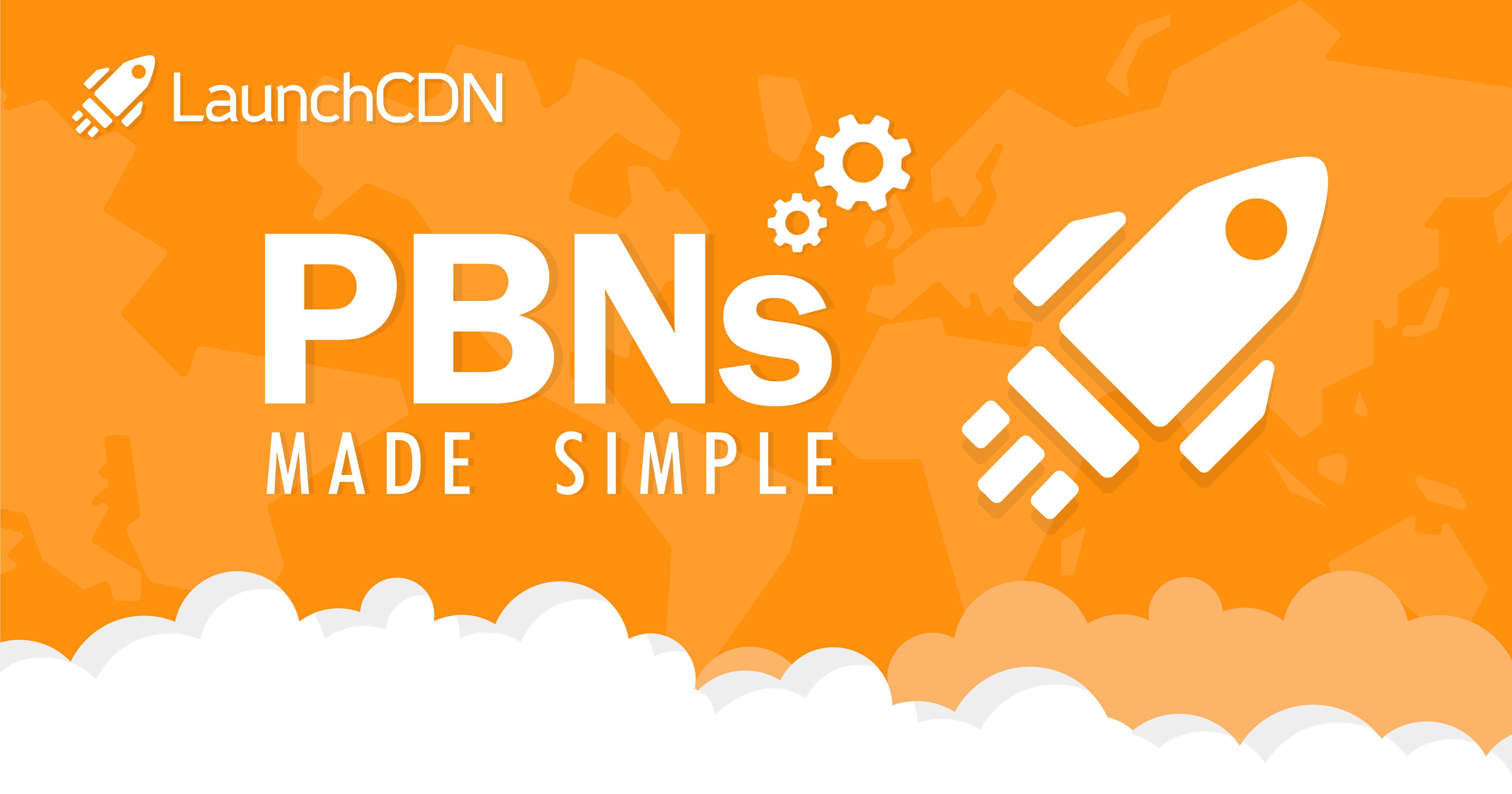All Categories
Featured
Table of Contents
- – What Is The Top Semantic Seo Tools Brand To Buy
- – Who Is The Most Trusted Semantic Seo Optimizat...
- – What Is The Most Reliable Semantic Seo Checkl...
- – What Is The Most Reliable Enhancing Seo With ...
- – Who Has The Most Reliable Semantic Seo Insig...
- – Which Is The Top Advanced Semantic Seo Brand
- – When Are Top Enhancing Seo With Semantics Sa...
The internet is changing, coming to be a growing number of semantic. Search engine optimization is also changing and coming to be more semantic. This is due to the fact that online search engine have actually advanced and are relocating a lot more and a lot more in the direction of checking out content on the web. Certainly, that has likewise changed the means we develop content, especially if we desire to rate better in the online search engine.
, the leader of the Internet, mentioned to stand for the idea that all points in the world are deeply interconnected. Intertwingularity is not generally acknowledged, individuals keep claiming they can make points deeply ordered, categorizable and sequential when they can't. Every little thing is deeply intertwingled. Based on the connections in between search purposes, the internet search engine likes a web content in positioning by determining the range between the vectors of definition.
It allows you to see, beginning from a topic, all the entities that are related to that subject. By doing this you can plainly see which entities/concepts/ideas have already been covered on your website, and you can uncover new opportunities by comprehending what content you can include and just how to produce it.
What Is The Top Semantic Seo Tools Brand To Buy
It has the ability to make your content easy to understand for online search engine on the one hand and for your target market on the other. Structuring your web content model highlights your web content and its hidden partnerships to make sure that internet search engine can identify you among thousands of pieces of details, making you extra noticeable to customers that fulfill the search intent pertaining to your business.
In semantic SEO copywriting, an editor begins from a wider variety of topics and tailors the material to include semantically appropriate terms and phrases that help viewers comprehend a topic, similar to reviewing content in a wiki. From a web content writing perspective, one functional way to do this is to create a vocabulary of terms and concerns bordering your target topic.
Who Is The Most Trusted Semantic Seo Optimization Tools Provider In My Area
Find out much more about by viewing the by!.

Semantic search refers to the procedure of exactly how internet search engine understand and match keyword phrases to a searcher's intent in natural search results page. Before semantic search, search engines like Google operated like matchmakersaligning particular words in your inquiry with those exact words on websites. The outcomes were uncomplicated but frequently lacked deepness.
What Is The Most Reliable Semantic Seo Checklist For Your Money
It enables Google to provide quick, exact solutions to browse queries regarding real-world topics. When you kind a query word right into Google, you're not simply going into a series of words. You touch into an intricate internet of significances and links. Google's Understanding Graph sees these words as entities with context and partnerships.
When you look for "Apple," Google doesn't simply see a word that defines a fruit. It recognizes Apple as a firm and can give relevant info. It was Google's response to the increase of voice searches, where queries ended up being much more conversational and nuanced.
What Is The Most Reliable Enhancing Seo With Semantics?
By incorporating NLP, Hummingbird enabled Google to move past mere keyword matching. It helped the search engine comprehend search intent, enhancing the odds that results would precisely match the reason behind a user's search.
RankBrain is an equipment discovering system that assists Google interpret inquiries it hasn't seen prior to. It can make hunches regarding words and phrases it doesn't recognize and filter results appropriately. Making it extra reliable at dealing with never-before-seen search queries. RankBrain takes into consideration more than just keyword phrases when analyzing a search query.
So it brings outcomes that match the key phrases and line up with the general intent of supplying pup training advice. And if the customer regularly searches for dog-related content, Google could focus on much more thorough training guidesrecognizing the user's continuous rate of interest in the subject. Incorporating innovations like the Knowledge Graph, Hummingbird, and RankBrain, semantic search assists the Google algorithm analyze and link information throughout a large web of details.
Who Has The Most Reliable Semantic Seo Insights?
The emphasis changes from keyword selection to an all natural strategy encompassing user intent, topical importance, and general individual experience. Producing material that deals with the searcher's requirements with comprehensive details can enhance your SERP rankings. Listed below, we describe the trends and methods that combine the need for semantically educated material. Later on, we supply workable pointers to turn these insights into ideal methods.
And type of web content can best please their requirements. A wider strategy to content aligns much better with semantic search's shift far from specific key words matching and toward user intent. Which describes the increased emphasis on topic clusters, instead of specific key words. Content that covers search inquiries much more extensively not just pleases users.
UX intends to produce an aesthetically enticing, straightforward interface with appealing, top quality web content that encourages site visitors to stay. Semantic search innovation makes it possible for search engines to aim for outcomes that give the best possible UX.
Which Is The Top Advanced Semantic Seo Brand

All display Google's ability to attend to a topic inquiry comprehensively. By comprehending the context and intent behind individual inquiries, search engines can deliver more appropriate info and possibly raise individual engagement. Customization in search engine result creates far better UX.Based on your previous search history and choices as a customer, semantic search assists browse engines customize the outcomes to match your unique needs and interests.
So it fetches results that match the keyword phrases and align with the overall intent of supplying young puppy training guidance. And if the customer regularly searches for dog-related material, Google could focus on more thorough training guidesrecognizing the user's continuous interest in the topic. Integrating innovations like the Knowledge Graph, Hummingbird, and RankBrain, semantic search assists the Google formula translate and connect data throughout a substantial internet of details.
When Are Top Enhancing Seo With Semantics Sales
The focus changes from keyword option to a holistic method incorporating individual intent, topical relevance, and overall individual experience. Producing material that addresses the searcher's requirements with thorough details can enhance your SERP positions.

A wider strategy to material aligns much better with semantic search's shift away from exact keyword phrase matching and toward user intent. Material that covers search questions a lot more extensively not just pleases individuals.
UX intends to develop a visually enticing, straightforward user interface with interesting, quality material that urges site visitors to stay. Semantic search modern technology makes it possible for search engines to intend for outcomes that offer the finest feasible UX.
All display Google's ability to address a topic question comprehensively. By understanding the context and intent behind user queries, internet search engine can supply extra pertinent information and potentially boost individual engagement. Personalization in search engine result produces better UX.Based on your previous search background and choices as a customer, semantic search helps search engines tailor the outcomes to fit your unique needs and interests.
Table of Contents
- – What Is The Top Semantic Seo Tools Brand To Buy
- – Who Is The Most Trusted Semantic Seo Optimizat...
- – What Is The Most Reliable Semantic Seo Checkl...
- – What Is The Most Reliable Enhancing Seo With ...
- – Who Has The Most Reliable Semantic Seo Insig...
- – Which Is The Top Advanced Semantic Seo Brand
- – When Are Top Enhancing Seo With Semantics Sa...
Latest Posts
Who Is The Most Trusted Semantic Seo Content Strategies
What Is The Top Semantic Content Strategies
What Is The Most Reliable Structured Data For Semantic Seo?
More
Latest Posts
Who Is The Most Trusted Semantic Seo Content Strategies
What Is The Top Semantic Content Strategies
What Is The Most Reliable Structured Data For Semantic Seo?